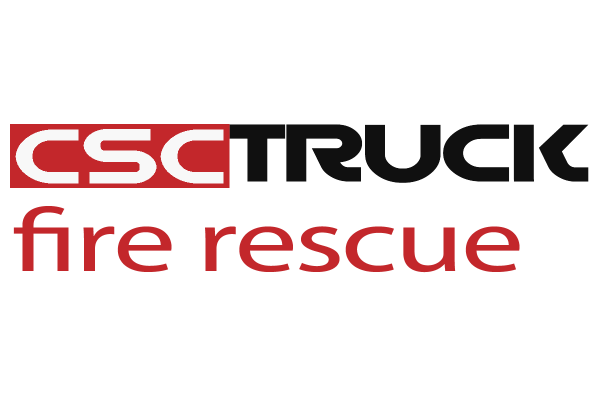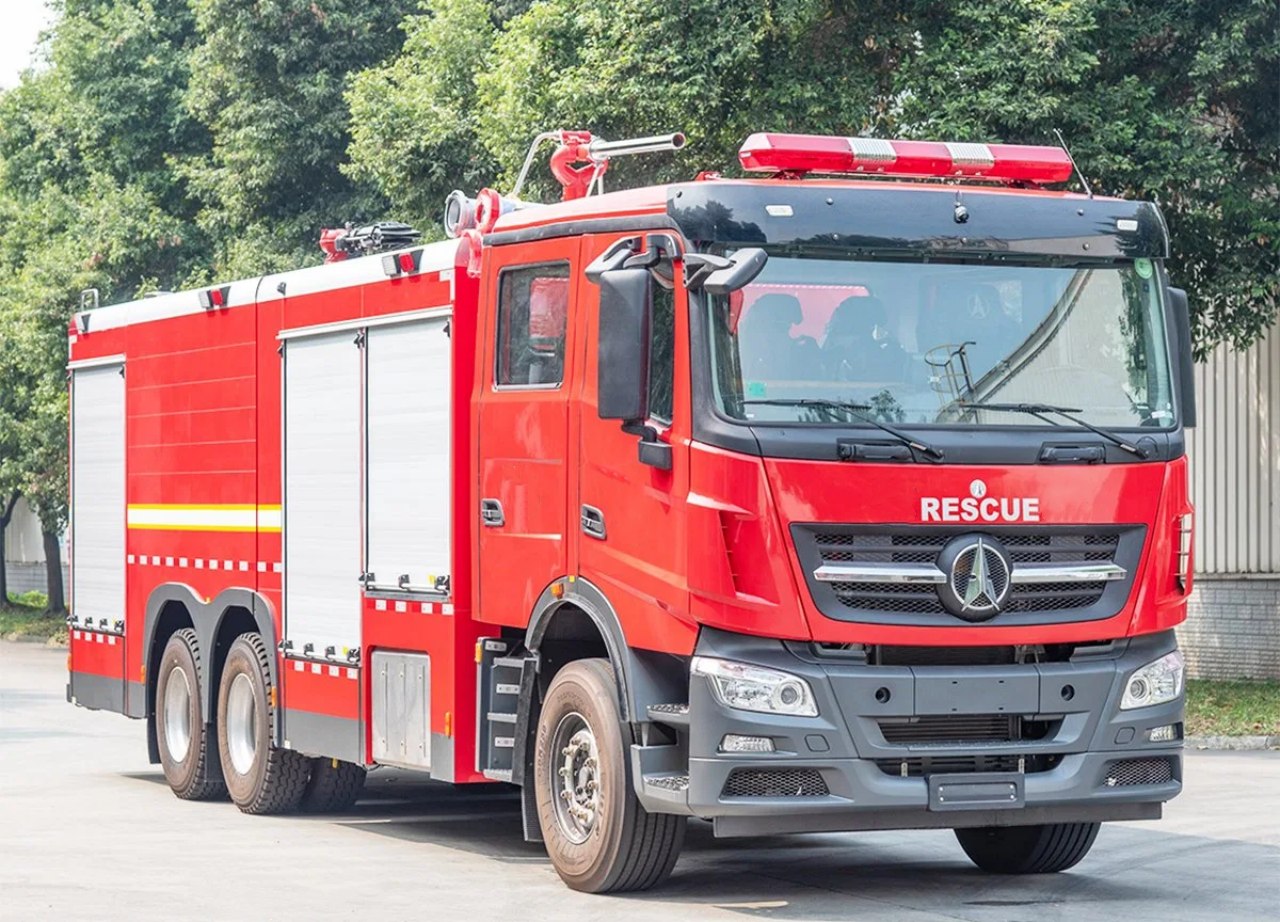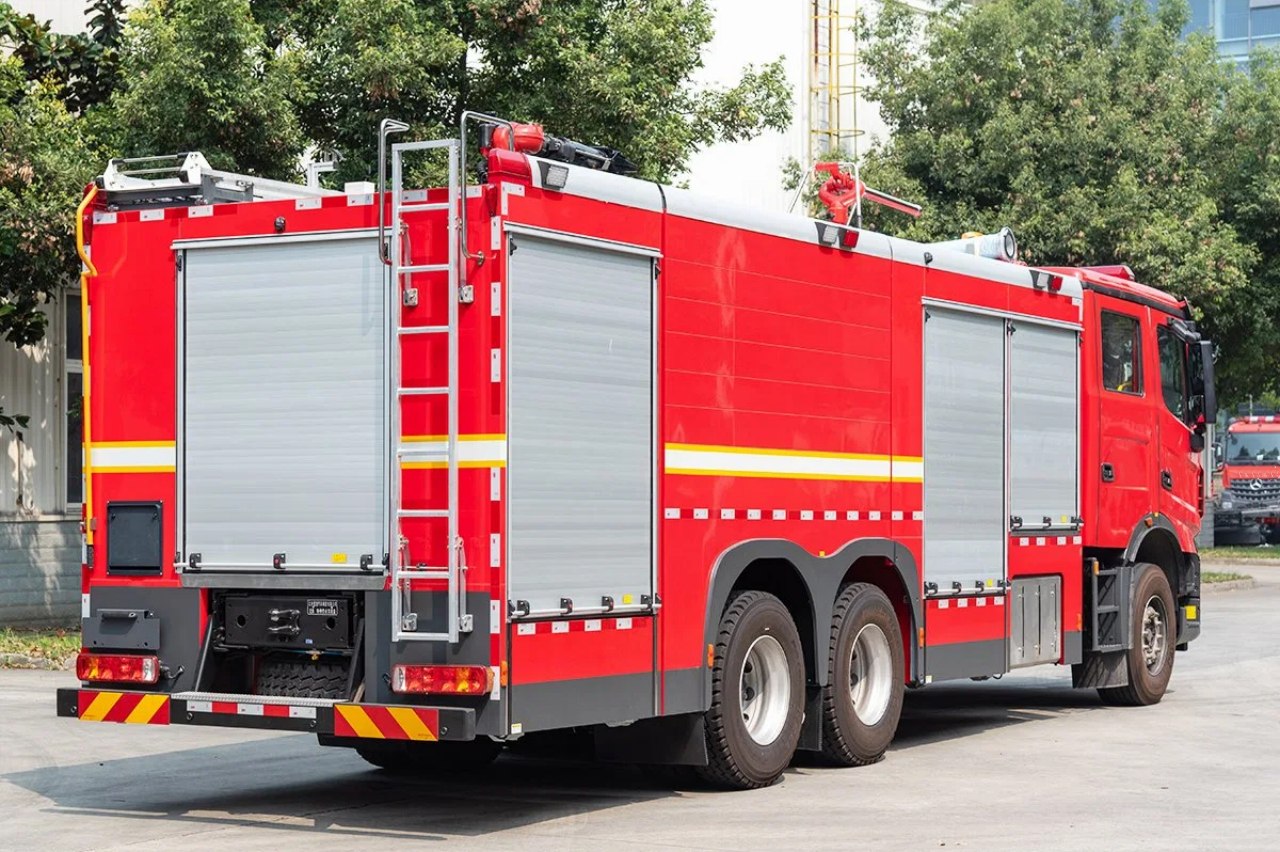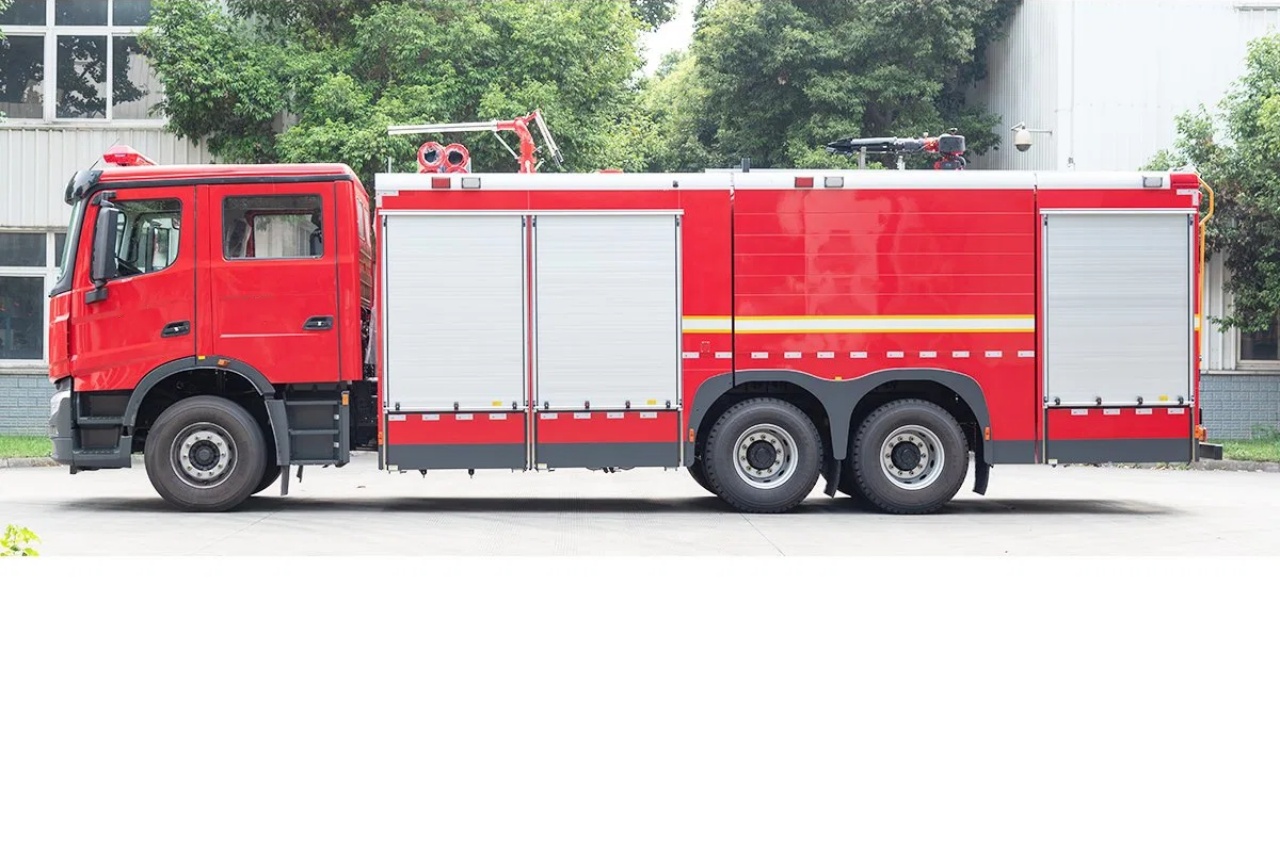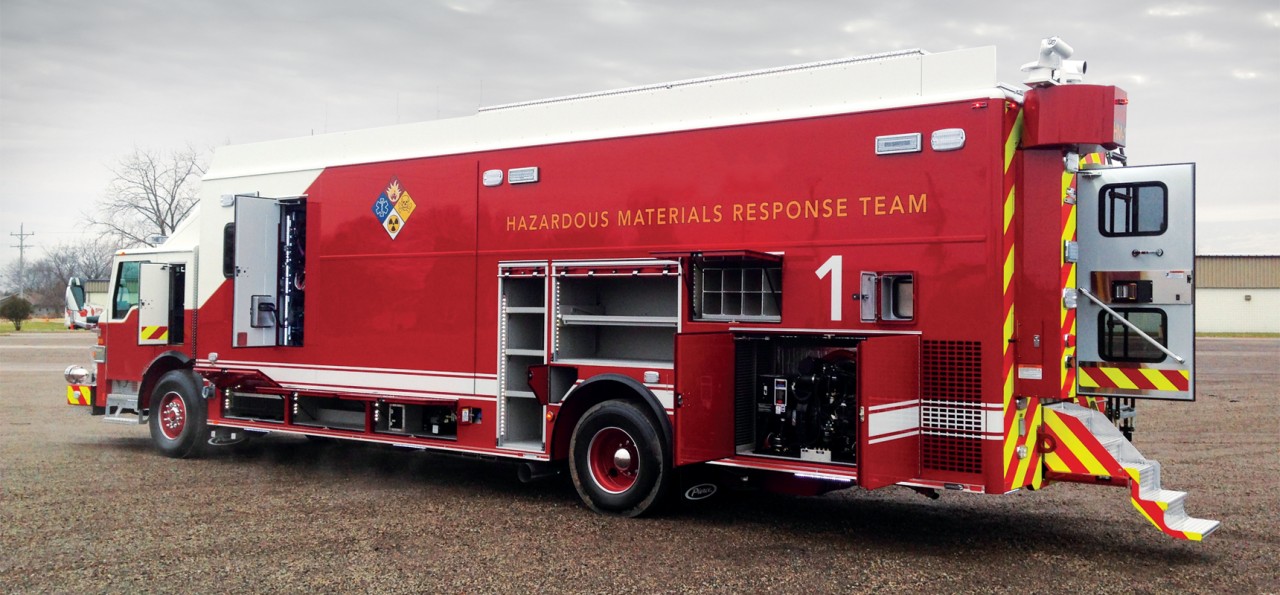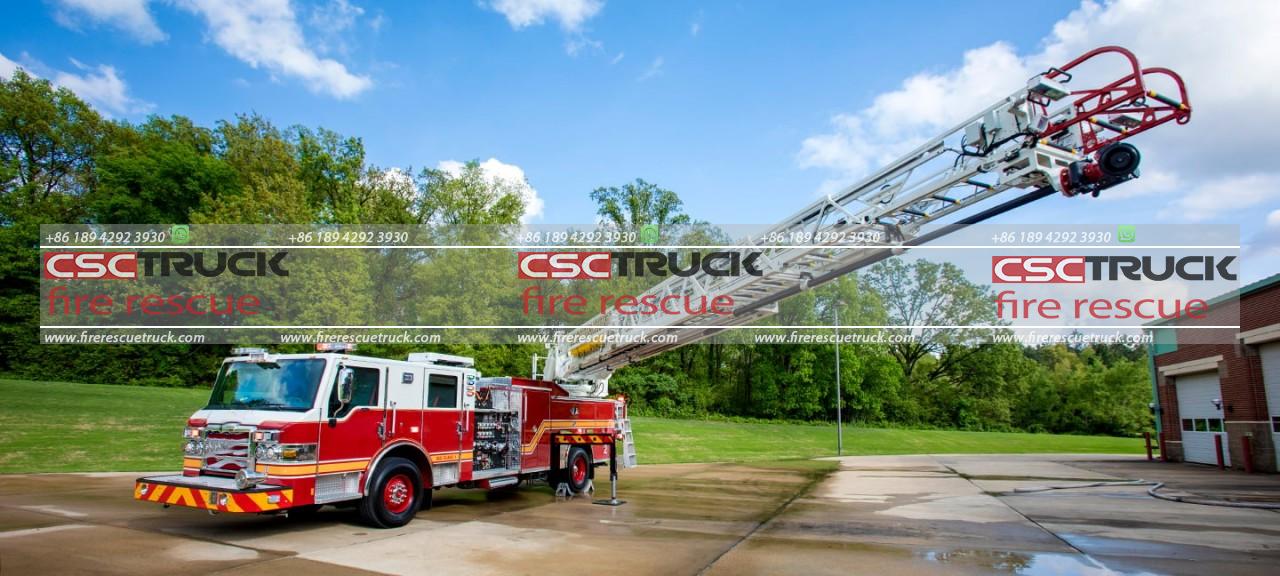In an era where industrialization and chemical use are widespread, the threat of hazardous material (hazmat) incidents has become increasingly prevalent. Whether due to chemical spills on highways, leaks in industrial complexes, or the transportation of dangerous goods, an effective and timely response is essential to minimize risk to human health and the environment. The Advanced Hazmat Fire Truck represents a critical evolution in emergency response technology, specifically designed to tackle these complex and high-risk situations. This article explores the design, functionality, and strategic role of advanced hazmat fire trucks in hazardous material response.
The Need for Specialized Hazmat Response Units
Hazmat incidents differ significantly from conventional fire emergencies. They often involve volatile chemicals, toxic vapors, radiological materials, or biological agents. Such emergencies demand a level of precision, containment capability, and protective measures that go beyond what traditional fire engines offer.
First responders require more than hoses and ladders—they need chemical detection instruments, containment gear, protective suits, and decontamination units. As a result, hazmat fire trucks are highly specialized vehicles that serve as mobile command centers, laboratories, and decontamination stations.
Key Features of an Advanced Hazmat Fire Truck
1. Detection and Monitoring Equipment
One of the most critical functions of a hazmat fire truck is the early identification of the hazardous substance involved. Advanced units are equipped with state-of-the-art detection instruments such as:
- Gas chromatographs and mass spectrometers
- Radiation detectors and Geiger counters
- Multi-gas meters for oxygen, CO, H₂S, and combustible gases
- pH meters and chemical reagent kits
These instruments help identify the substance quickly, allowing crews to choose appropriate containment and protective strategies.
2. Onboard Command and Communications Center
An advanced hazmat truck typically houses a mobile command unit equipped with communication systems, computers, satellite uplinks, and real-time data transfer capabilities. This allows coordination with other emergency services, governmental agencies, and environmental organizations. Many vehicles feature digital mapping and real-time telemetry for monitoring the evolving situation.
3. Decontamination Facilities
A key element of hazmat response is preventing the spread of contamination. These trucks often come equipped with onboard decontamination systems, including:
- High-pressure hot water systems
- Chemical neutralizing agents
- Pop-up decontamination tents
- Shower stalls for personnel and victims
This ensures that contaminants are managed before they reach hospitals or the general environment.
4. Storage for Protective Gear
Personnel safety is paramount in hazmat scenarios. Advanced fire trucks carry an assortment of personal protective equipment (PPE), including:
- Level A fully encapsulated suits for high-risk chemical exposure
- Level B suits with supplied air for splash protection
- SCBA (Self-Contained Breathing Apparatus) units
- Chemical-resistant gloves and boots
Many trucks also have climate-controlled storage to maintain the integrity of sensitive materials.
5. Specialized Tools and Equipment
Advanced hazmat trucks are essentially mobile toolboxes equipped with:
- Leak control kits for drums, tanks, and pipes
- Absorbents and neutralizers
- Non-sparking tools for flammable environments
- Overpack drums and salvage containers
- Air filtration units and ventilation fans
This allows responders to stop leaks, contain spills, and protect surrounding environments efficiently.
Technological Integration
Modern hazmat fire trucks are increasingly integrating smart technologies to enhance operational effectiveness. Examples include:
- AI-based substance identification systems that analyze unknown materials using sensor data
- Drone deployment bays for aerial surveillance and gas sampling
- Thermal imaging and IR cameras for detecting heat signatures and chemical reactions
- Real-time data analytics platforms for on-scene decision support
This technological convergence empowers hazmat teams to make more informed, faster decisions under pressure.
Vehicle Design and Customization
The chassis and body of a hazmat truck are custom-built for durability and functionality. Most are constructed on heavy-duty commercial truck platforms such as Freightliner, MAN, Scania, or Mercedes-Benz, depending on regional preferences. Features include:
- Reinforced bodywork for carrying heavy equipment
- Climate-controlled laboratory and command compartments
- Side and rear entry doors with steps and handrails
- Generator systems for sustained power supply
- LED lighting for night operations
Truck layouts can be customized based on the specific needs of the department, with modular storage systems and slide-out workstations.
Applications in Real-World Scenarios
Hazmat fire trucks have proven essential in numerous incidents, from train derailments carrying hazardous cargo to chemical plant fires. Their ability to deploy quickly, identify threats, coordinate responses, and mitigate environmental impact has made them indispensable in municipal fire departments, airport safety operations, and industrial emergency services.
For example, during a 2023 ammonia leak in a midwestern U.S. processing plant, the on-scene hazmat truck was able to analyze the gas concentration levels, seal the breach with a plug-and-patch kit, and oversee the decontamination of affected personnel—all within a few hours.
Training and Operational Readiness
Owning an advanced hazmat fire truck is only 1 part of the equation. Regular training is essential for hazmat response teams. This includes:
- Simulated drills involving chemical spills and decontamination
- Equipment handling and calibration
- PPE donning and doffing under time constraints
- Coordination exercises with EMS, police, and environmental authorities
Many departments partner with universities and hazmat training centers to keep their teams certified and up to date.
Future of Hazmat Fire Trucks
As industrial materials become more complex and transportation networks grow, hazmat threats will evolve. The next generation of hazmat fire trucks is likely to feature:
- Autonomous hazard scouting robots
- Augmented reality interfaces for situational awareness
- Advanced filtration and recycling systems for on-site air and water purification
- Hydrogen or electric propulsion for environmentally safe operation
These innovations will push the boundaries of mobile emergency response and further enhance the capabilities of first responders.
Conclusion
The Advanced Hazmat Fire Truck is a symbol of modern emergency response, combining technology, safety, and strategic design to tackle some of the most dangerous incidents facing our society. Its role extends beyond firefighting into chemical response, environmental protection, and public health safety. As threats from hazardous materials become more prevalent, investment in these sophisticated vehicles will be crucial in safeguarding communities and ecosystems alike.
